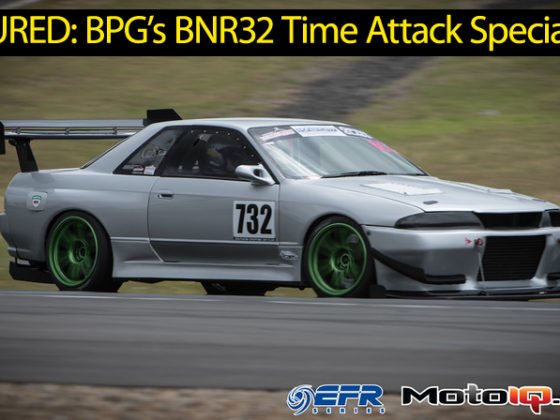,
The route itself is given in a series of pictograms or “Tulips” that highlight whether you should turn or go straight at certain mileage points. Where you are is indicated by a dot, which is connected to an arrow showing the direction you need to go. Dots or dashes to either side of the arrow indicate signs and reference points called out in the mileage. Tulip notes are used by rallyists around the world, as they are easy to understand in any language.
 Rally Tulip notes are easy to decipher once you get the hang of them.
Rally Tulip notes are easy to decipher once you get the hang of them.The SCCA’s website has a fairly comprehensive section about its national TSD rally program, which this North East Ohio event is a part of.
But there are plenty of other informational sites about this type of motorsports. It’s very popular in the United Kingdom and we ran across a bunch of UK-based videos on Youtube that helped explain the concepts.
We showed up early, expecting some sort of rally novice meeting, as mentioned in the flyer. As the rally start time got closer, we just got a brief statement from the Rally Master, “The initial transit leg is a little short. You might want to leave early.” Ok then, no worries, we’ll wing it!
 Event registration is typically held at a local restaurant—no time to get the munchies after the rally starts!
Event registration is typically held at a local restaurant—no time to get the munchies after the rally starts! We started out from the registration area a little before 4pm and headed towards the first control. We knew from past Stage Rally experience that there was a series of transit stages followed by control stages. The latter is where you need to match the exact speed and time of the person who laid out the course. Once we got to the start of the first control stage, we settled into a rhythm of Chad calling out the directions and then getting asked to repeat them several times as we got nervous about missing a turn.
As the evening progressed, we got a little confused about how and when we should leave each checkpoint. It turns out that you needed to leave the control as soon as you could—and you actually waited/zeroed your odometer at a preset point a little down the road. This little tidbit of information meant that our start points were really never quite right—and got worse as the night wore on.
 Here's about where we decided we were in this for fun and not gunning for the top spot—we got pretty confused about when we should be leaving each Checkpoint.
Here's about where we decided we were in this for fun and not gunning for the top spot—we got pretty confused about when we should be leaving each Checkpoint. We finished the event in the 16th spot out of 19 cars—with 444 total penalty points, compared to 19 points for the winner. That sounds horrible, right? Well, not quite. It turns out that one one hundredth of a minute (1/100) is a single point, so with 100 points per minute, that gave us just under 4.5 minutes of penalty time. That’s actually not bad for 150 miles of driving on snowy roads over five hours…at night.
 Many of the Checkpoints were in slow sections, typically right after a turn. This made them easy to miss if you weren't paying attention.
Many of the Checkpoints were in slow sections, typically right after a turn. This made them easy to miss if you weren't paying attention. We, of course, learned quite a bit during the event and here are some hints for beginners that want to try their hand at TSD Rallying:
- Don’t do anything stupid or dangerous to “make up time” if you think you’re late. It’s not worth in on many levels. We tried to go faster on one section and wound up missing a turn.
- Read the directions literally and try not to read anything “into” them—face value is always the most likely truth.
- Check to make sure that your clock or watch is set to the same time as the Rally Master’s clock (usually based off NIST Atomic Time).
- Make sure you have an accurate odometer or you know how far off yours is. Ours was about a tenth of a mile off for every five miles traveled.
- Bring a clipboard, pens and a flashlight.
- Have fun!
We’ve got at least another month worth of winter weather and the first autocross events here in Ohio don’t really get started until mid or late April. Once the weather warms up we’ll be looking for some more summer (and track) friendly tires and start some tweaks for the competitive season.



